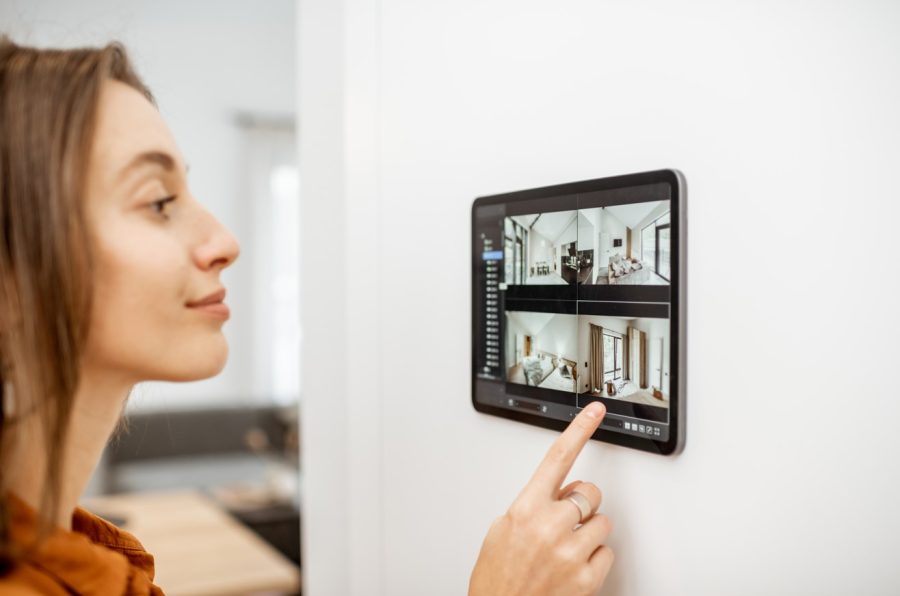If you’re considering purchasing a video surveillance system for your home or business, you’ll obviously want to make sure that whatever system you purchase is of good quality. After all, there is no point in investing in a surveillance system if the video quality is poor and grainy or it doesn’t provide the amount of coverage you need. Still, with so many different types of systems available, it can often be difficult to determine which one best meets your specific needs. With this in mind, here are the important factors you should consider when evaluating different surveillance systems.

Video and Audio Quality
The quality of the video that the cameras record is one of the biggest factors. The same is true of audio quality and range if you’re looking for a system that can also record sound. Since you are obviously installing the video surveillance system for security purposes, it is important that the cameras can record high-quality video. Specifically, this means being able to easily read license plates or identify faces. When comparing different surveillance systems, you’ll want to pay close attention to the camera resolution and bitrate. As well, you should consider additional factors that can affect the video quality such as color distortion, blurriness, and zoom capabilities.
Storage Capabilities
Another factor to consider is the system’s storage capabilities. If the system has internal storage, how much surveillance video you store and how long you can store it will be directly determined by the system’s storage capacity. The more storage the system has, the more expensive it will usually end up being. Alternatively, you could choose to have your surveillance videos uploaded and stored on your server or in the cloud, but you’ll usually also have to pay for this type of storage.
Connectedness and Fail-Safes
You obviously want to ensure that whatever system you choose works when you need it and can’t be easily bypassed or disconnected. This means considering things like how the cameras are wired and how they transfer video to the storage system. If the system relies on Wi-Fi, you’ll want to make sure that it has a backup option in case your internet goes out. The same is also true of the power source for the cameras. For instance, if your power goes out, do the cameras stop working, or do they have a battery backup that can keep them running until the power comes back on?
Coverage Area
How much area the cameras can cover is another consideration. Some systems are limited as to the number of cameras they can use, which means you might not be able to cover all of the necessary areas. At the same time, the type and size of the camera can also play a role in how much of an area it can cover.
System Access Security
One thing that has been in the news lately is that some video surveillance systems don’t have a secure connection and thus, can be accessed by just about anyone who knows how to hack into your internet or computer. For this reason, it’s important to consider the security of your feed and to work with a reputable company. That way you don’t have to worry about someone intruding on your privacy.
As you can see, there are numerous factors that you’ll definitely need to take into account in order to properly evaluate the effectiveness of a video surveillance system. Still, deciding which system is best usually comes down to first determine your own specific requirements and reasons for needing video surveillance. Once you have determined this, it should be fairly simple to find a range of capable systems that meet your needs and fit within your budget.